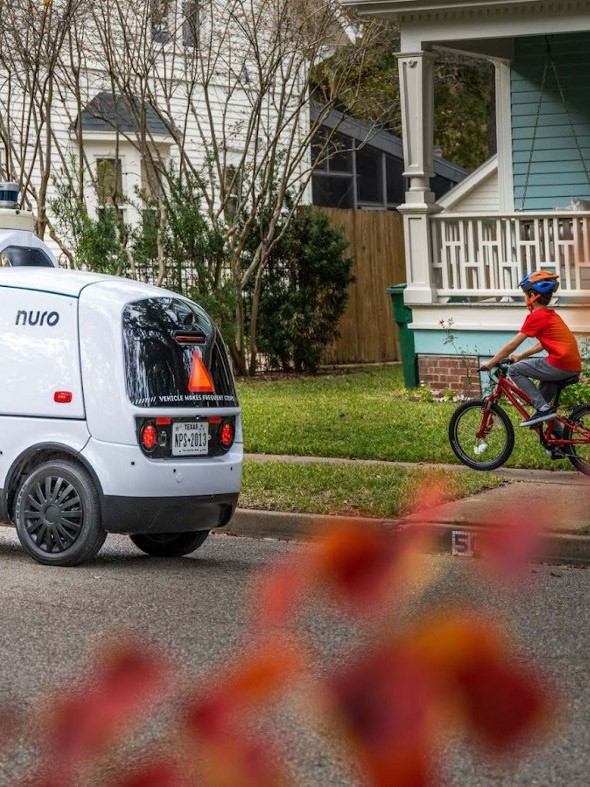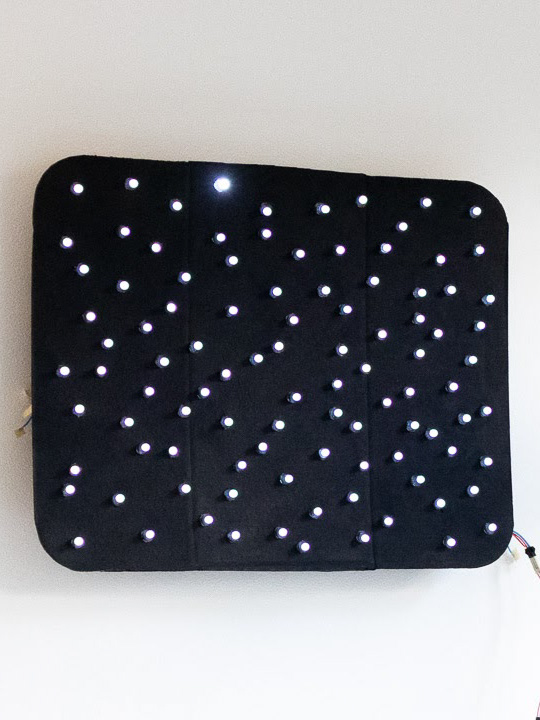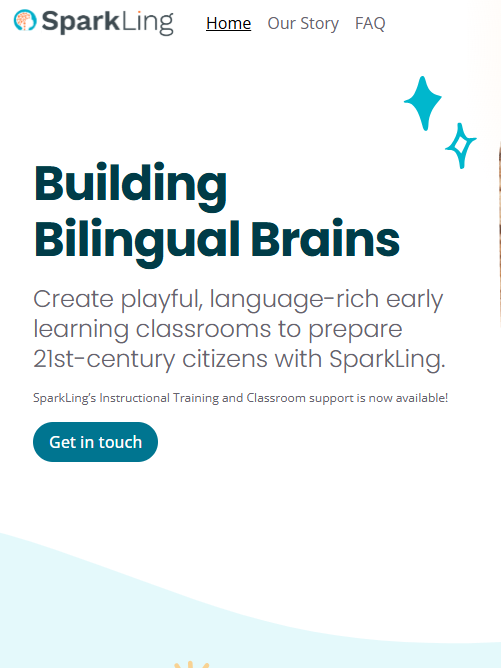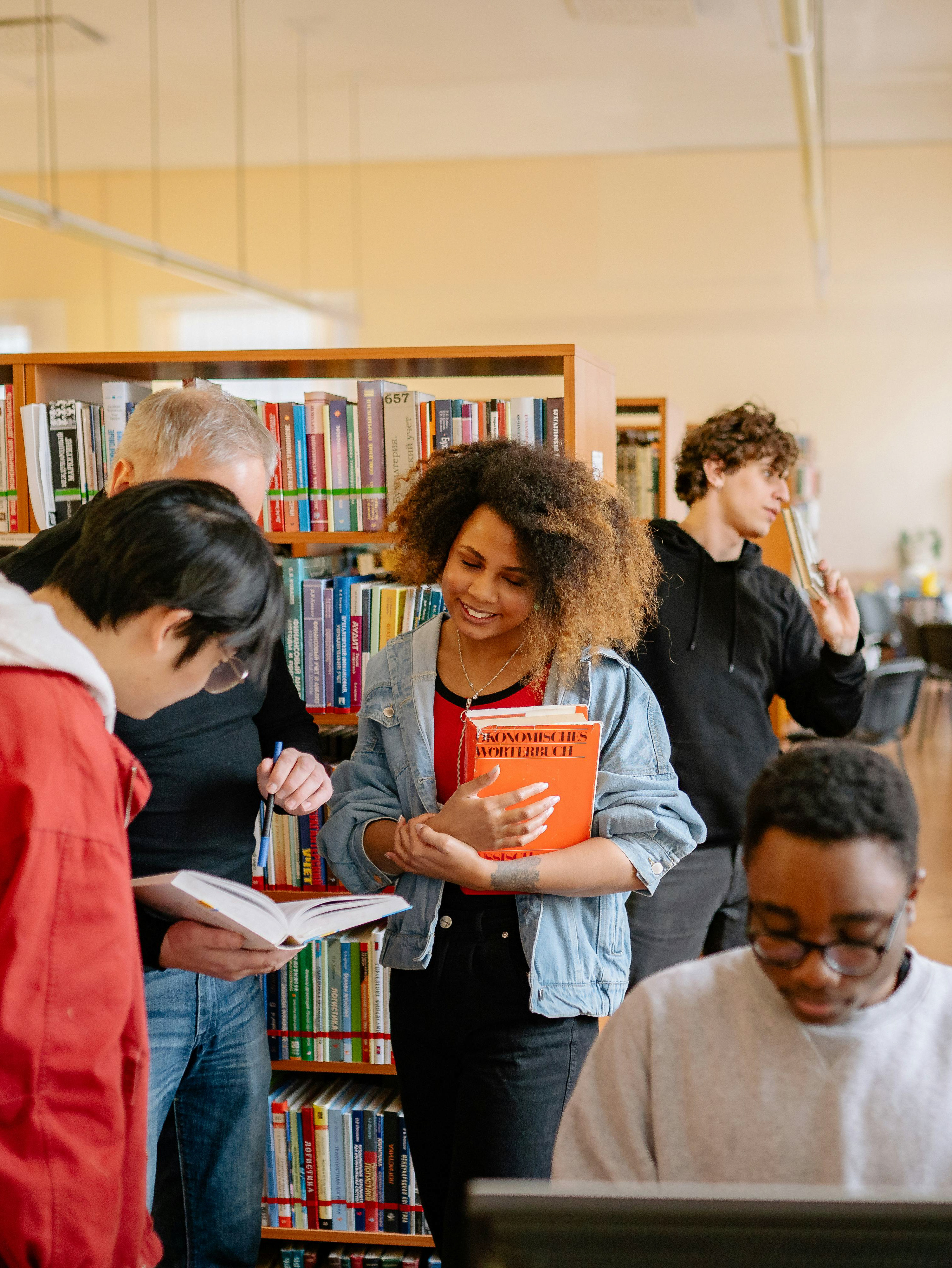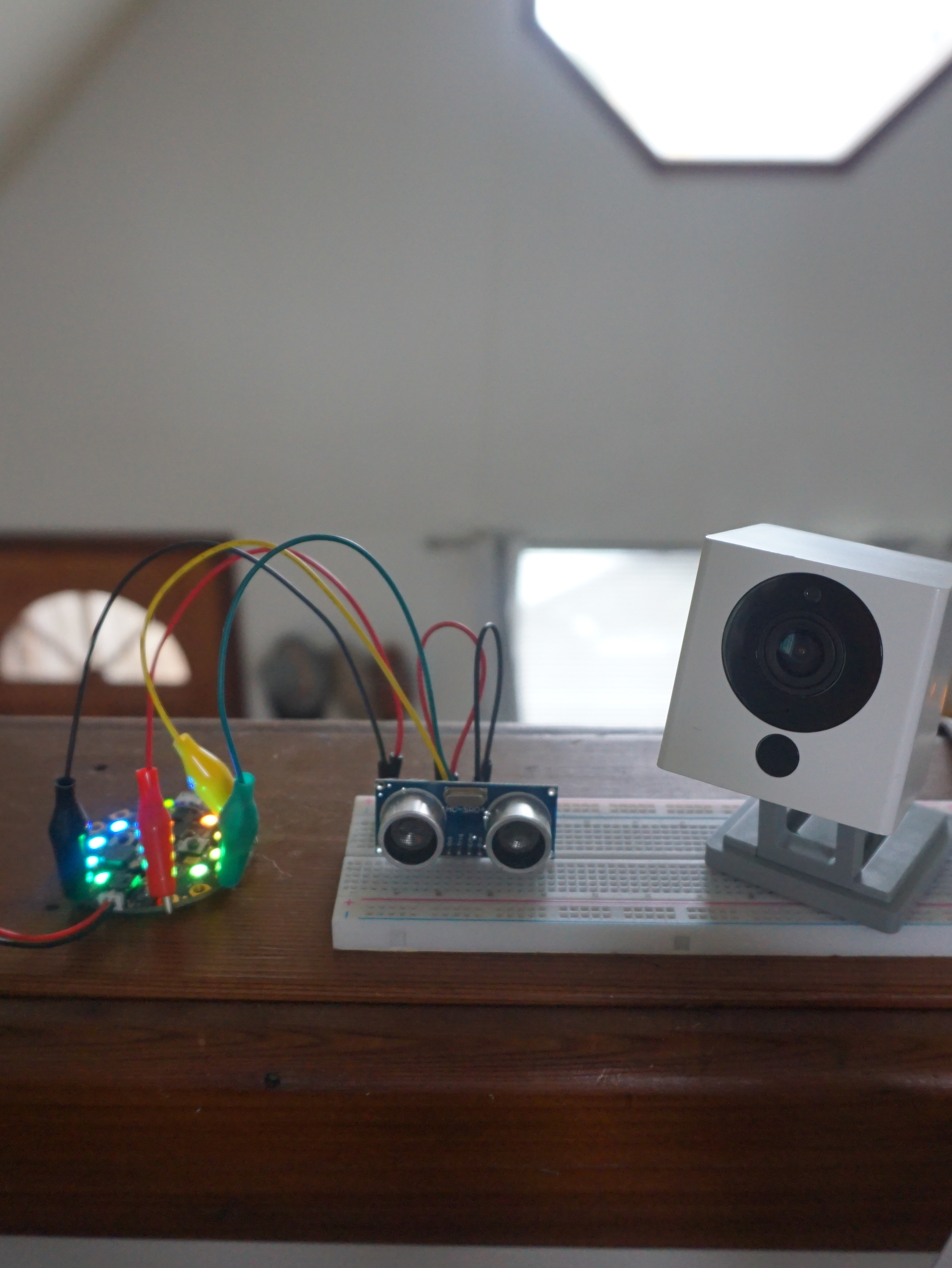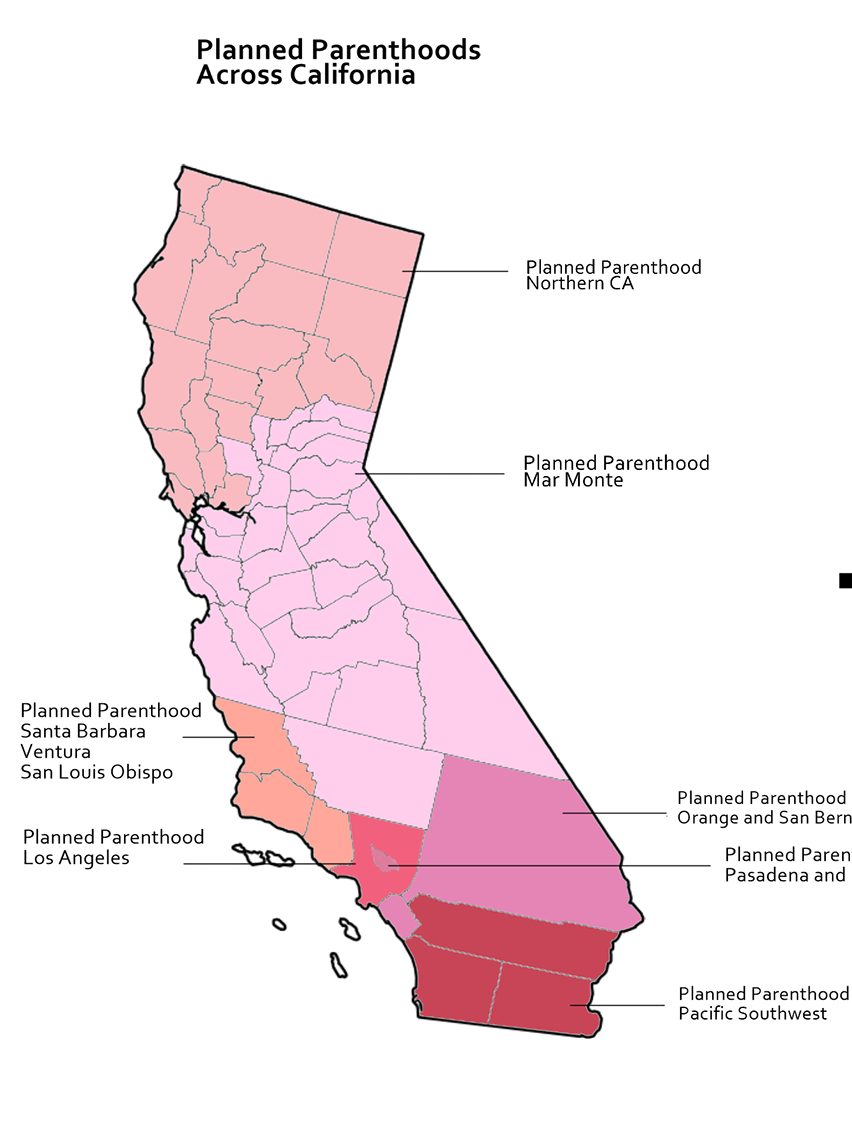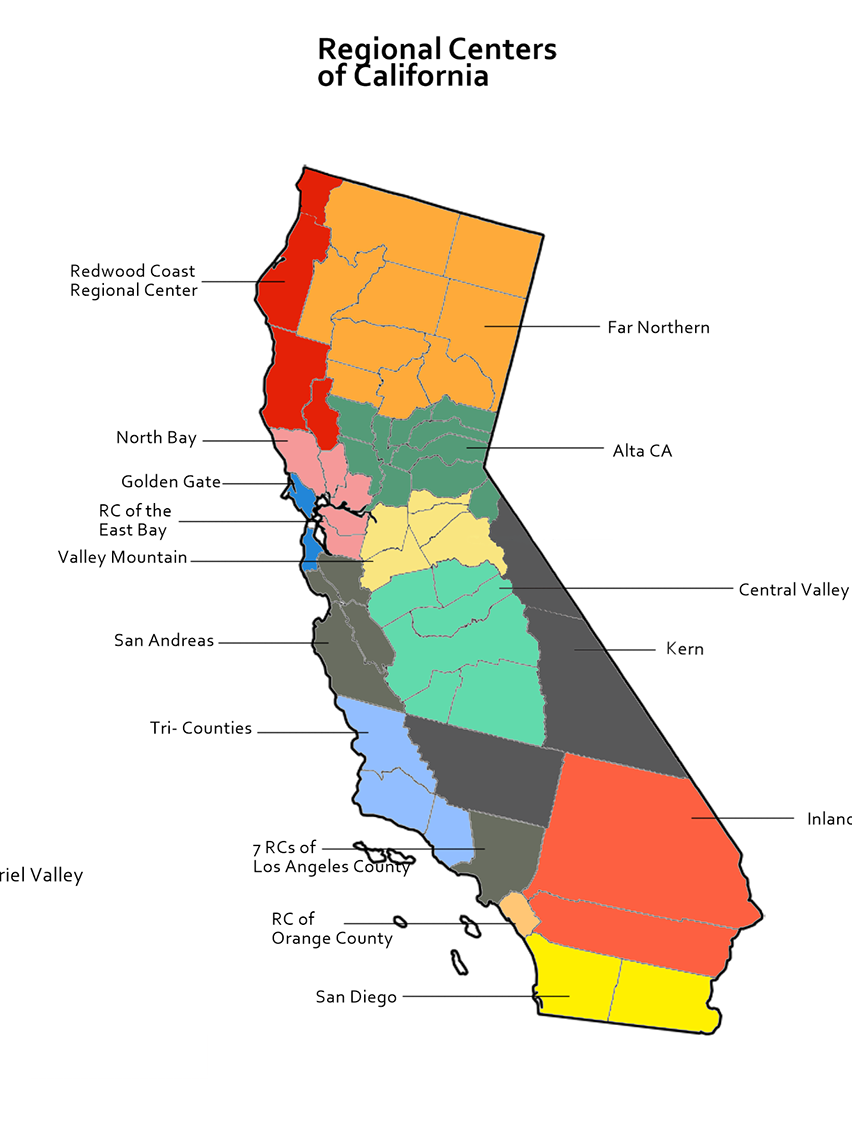Overview
Contributions: Senior Service Designer and Researcher
Collaborators: VP of Partner Relations, Engagement Manager, Principal Design Researcher, Project Managers, Product Managers, Designers, Developers, Instructors, and Students
Project Timeline: May 2022- October 2022
Optimistic Design: An Equity Centered Design Research and Strategy Consultancy
Optimistic Design works across a variety of products and services. As a Senior Design Researcher and Service Designer, my projects spanned Early Childhood Education to Higher Education products.
For this project, I was a Senior Designer Researcher who conducted foundational research. I made the research insights actionable by workshopping them with Gates' stakeholders.
Blended Learning
Project Overview and Initial Scope: Blended Learning
As college ecosystems change, so has the day-to-day class experience. There are a variety of increasingly popular structures for the conventional college class. Completely remote and hybrid- models requiring in-class and asynchronous learning and teaching are the norm now. This is blended learning. Teaching practices and the courseware used in different courses need to accommodate a variety of use-cases for instructors and students alike.
Blended learning refers to a variety of mediums, strategies, timings, and devices across which modern education may take form. Photo by Yan Krukau on Pexels.
Scope Shift: Evidence Based Teaching in Blended Learning Environments
As we kicked off this project, initially I was told I needed conduct research more around blended learning. As a consultant, I aimed to quickly execute. At a project check-in, after asking some questions, it was clear we needed to pivot to focus more on instructor supports to bolster blended learning environments.
Initially, this lead to content design based on insights gleaned from a literature review to support instructors within courses. As I worked on this content, it became evident that we needed more baseline data around minoritized student experiences within specific institution types.
We needed to understand how students experience - and instructors implement - support in blended learning environments.
At this point, we pivoted to focus more on the evidence-based teaching practices and how these are implemented in-person, digitally, or asynchronously.
How might we enable STEM Courseware development teams to incorporate evidence-based Teaching practices to optimize blended learning environments?
Foundational Research
In order to enable teams to build a variety of different courseware products, I conducted foundational research with 8 students and 10 instructors across a variety of introductory STEM courses.
Objective
We aimed to understand baseline Black, Indigenous, Latine, and student experiences from low-income backgrounds, and the challenges instructors face when implementing Evidence Based Teaching Practices (hereafter referred to as EBTs).
Methods
For this set of research, we wanted to demonstrate the value of rich qualitative data for uncovering needs, while specifically recruiting students from marginalized populations and instructors at Minority Serving Institutions (MSIs). The driving assumption was that baseline data from these populations would yield more nuance and holistic information about minoritized student experiences often missed by quantitative datasets known to our stakeholders. This would require a more nuanced approach.
For this reason, we gathered insights from a literature review, reviewed evolving target profile requirements, best teaching practices for evidenced based teaching, and conducted ethnographic interviews.
A snapshot from remote interviews. The image has been blurred to preserve anonymity of the participant.
Goals
We aimed to:
1. Identify key challenges
2. Evaluate blended learning implementation
3. Gather diverse perspectives from faculty and students
4. Develop strategies to improve supports, grounded in baseline experiences
Key Question for Students
Key Question for Staff
What are students’ sentiments about faculty practices and the supports provided by faculty to students?
What are the attributes of effective pedagogical practices currently implemented in the blended learning classrooms within introductory-level STEM courses?
Making Sense of the Data
To make sense of the data, I affinitized against EBTs and further coded by behaviors, motivations, attitudes, and mental models.
Student Insights- Timing and Input
Unfortunately, I can't share the specific insights here. However, they uncovered:
1. Instructor behavior at key moments that supports students and why.
2. Student needs for input with instruction and what impact this could have.
I generated a relational diagram and mapped insights accordingly. These were shared at a Gates Foundation Convention for Digitally Enabled Teaching and Learning strategies with researchers from across the US. Protected by NDA.
Instructor Insights- Mental Models and Attitudes
Unfortunately, I can't share the specific insights here. However, they uncovered:
1. Instructor mental models that support student learning progress.
2. Instructor attitudes that enable specific teaching practices.
Other Findings
I documented other findings with specific implications and product opportunities across blended learning experiences and shared these out with a variety of Gates' partners.
I timed this to be a pre-read for the next step in the research: Workshopping the insights and findings with product development teams across STEM courseware projects.
Making Research Actionable
I presented and led a brainstorming workshop at a Gates Convening so partners could become more versed in the nuance of the research and the implications for their teams and products. I facilitated this remotely though attendees were in person. This involved a mix of stakeholders including product owners, academics, designers, developers, engineers and more.
I set up working boards in Miro and planned to split people into groups of three.
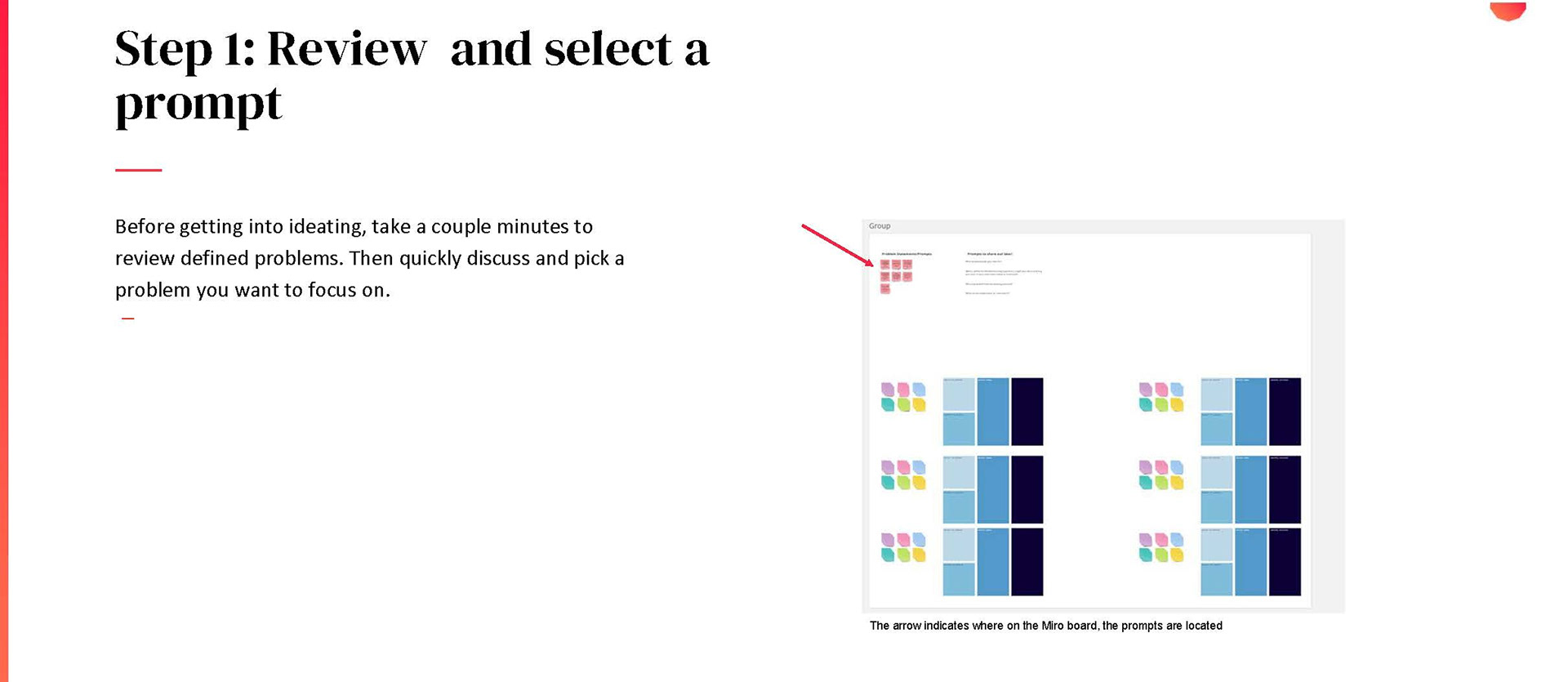
I can't share the details of the post-its, but this was the first step.
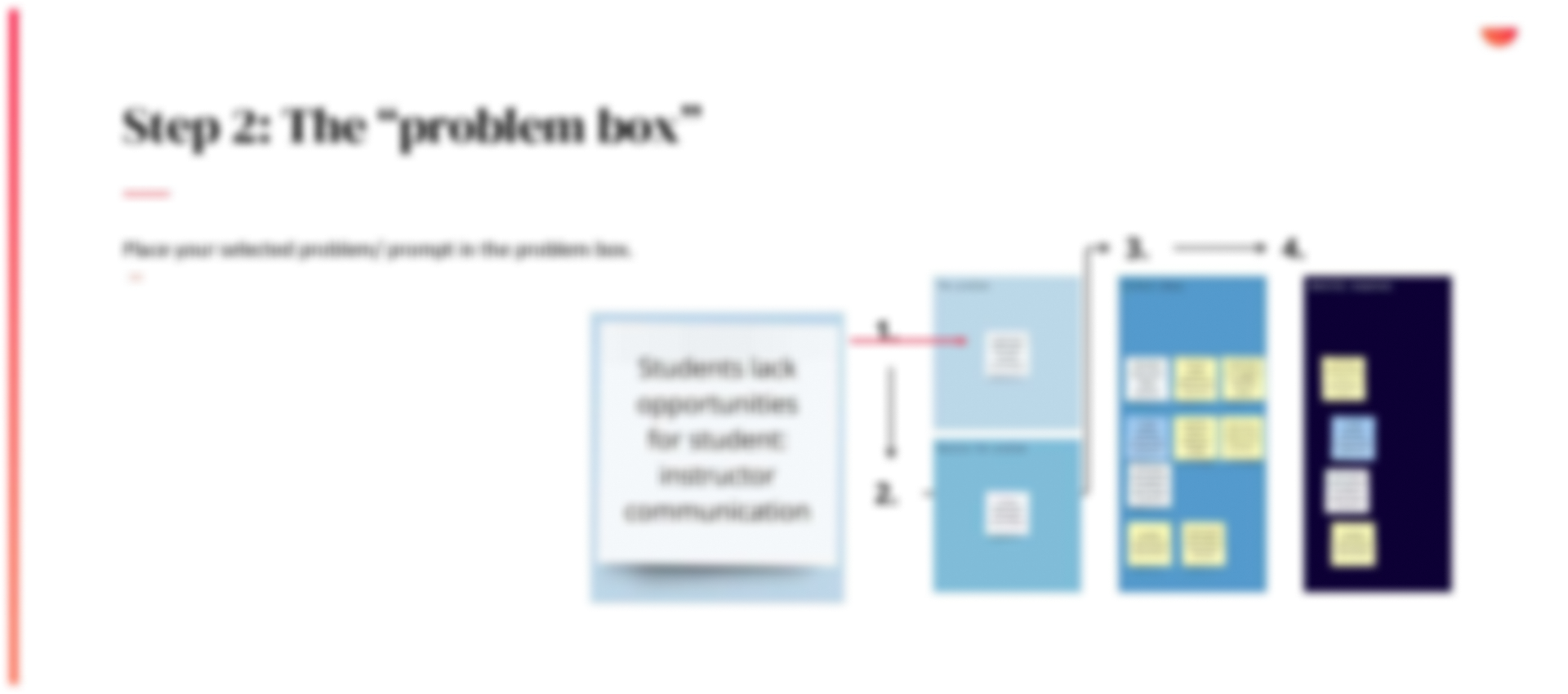
Taking a problem statement

Reversing it
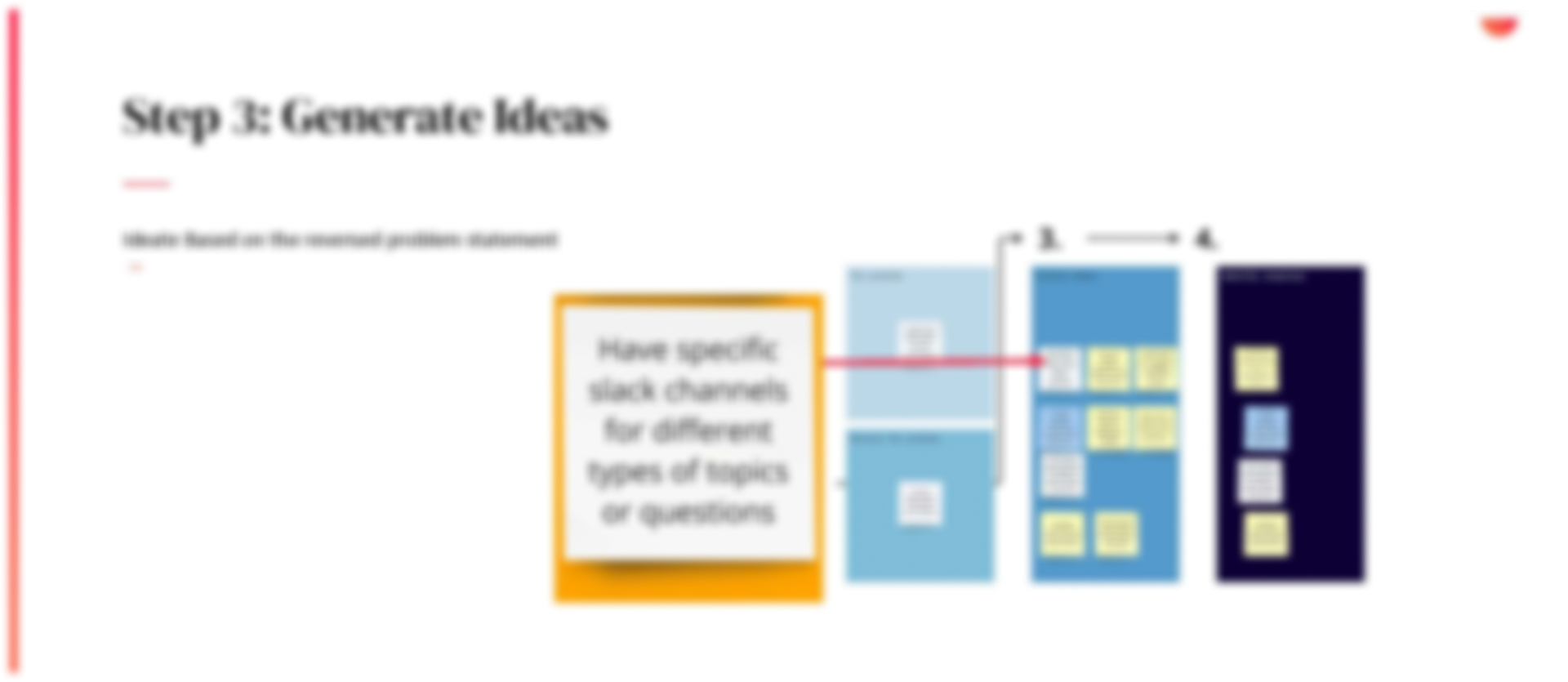
Ideating
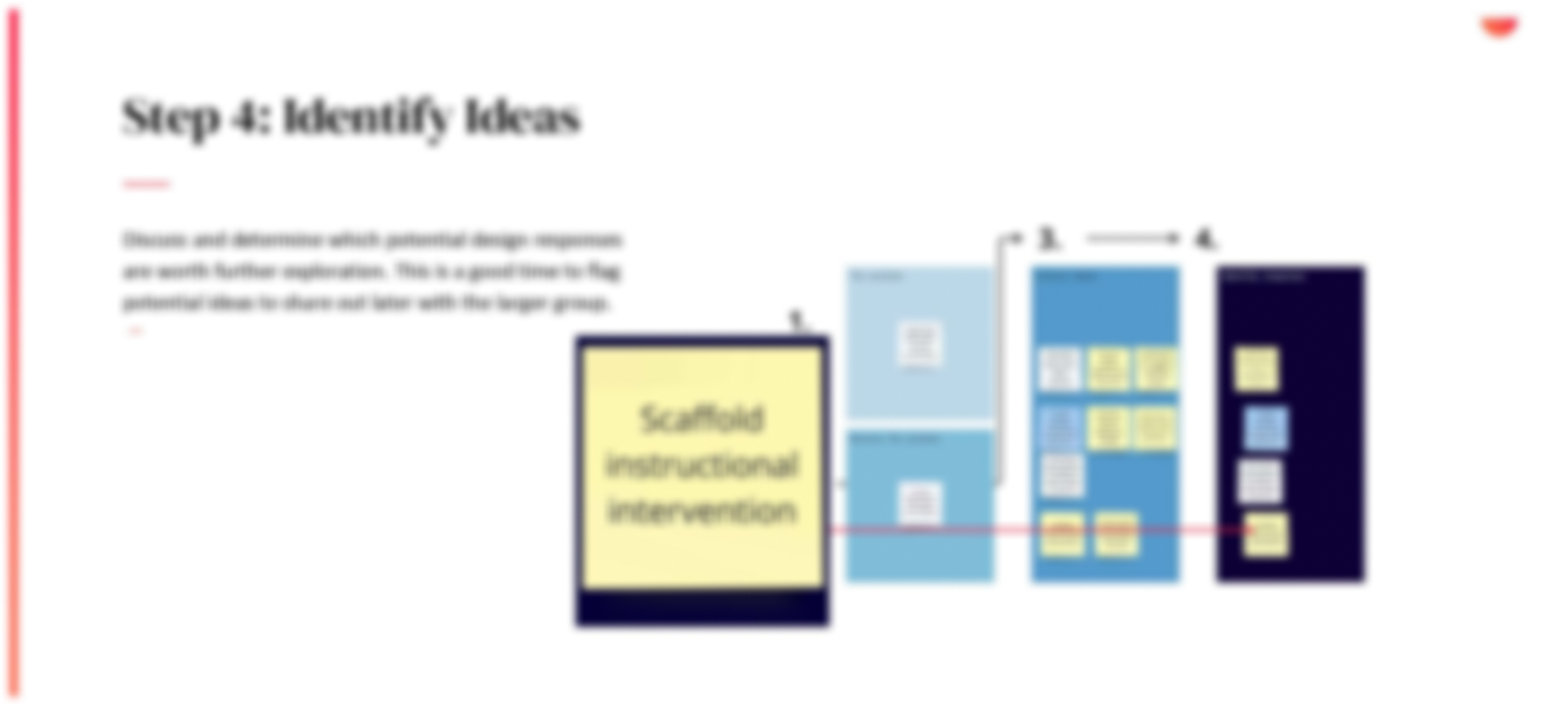
Discussing key ideas
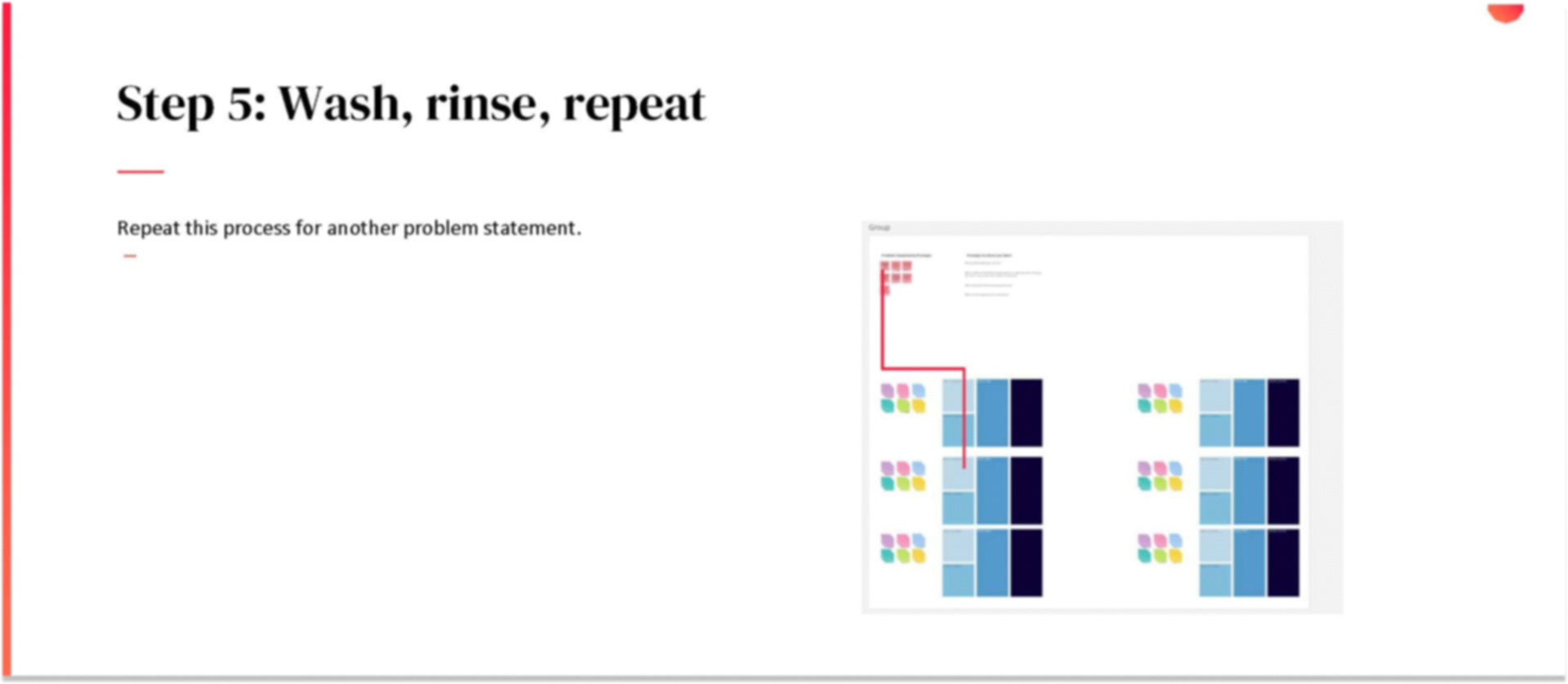
This was the last step after walking stakeholders through the reverse brainstorm.
Forged Partnerships, More Research
Due to the perceived value of the research and the success of the workshop, we were asked to plan and conduct usability testing with one of the Gates Foundation's product development teams. See the REAL Chem project for further details.
Learnings
This was one of the first of many subsequent workshops I led in a more corporate space. I learned about the importance of translating insights more clearly and in a flow where complex stakeholders can quickly digest and work with rich qualitative data.
It was also a logistical challenge to complete a brainstorm where stakeholders were in-person, and I was remote. I took extra care to ensure I had back up plans and collaborated with the product owner and my internal team to ensure every possible snafu was planned for. Thankfully, it went off without a hitch and engagement was high!

